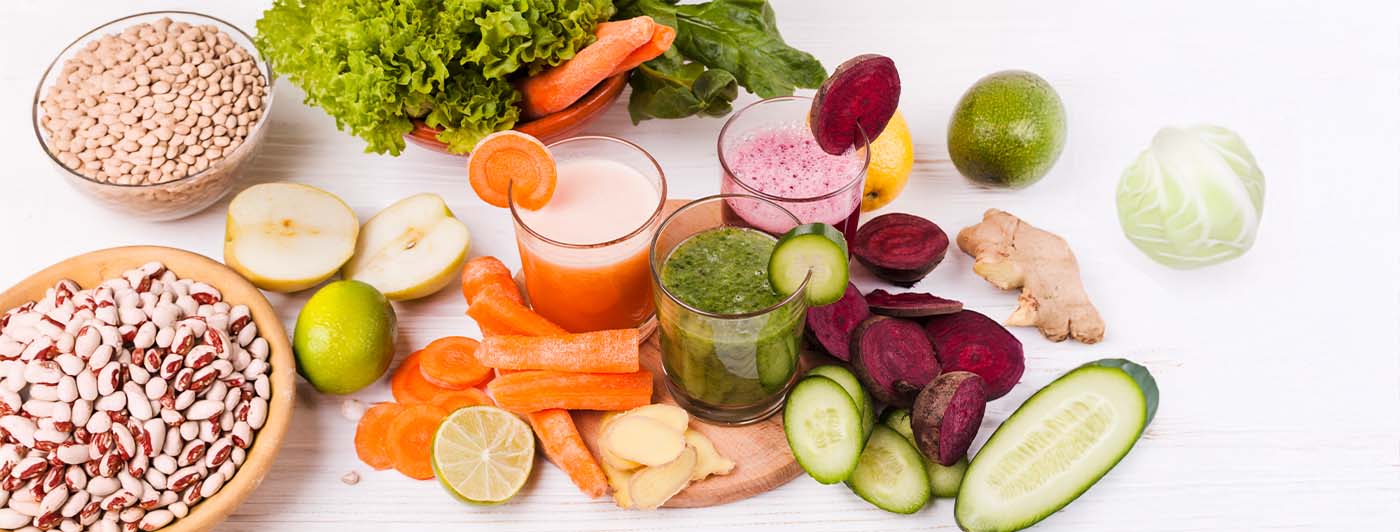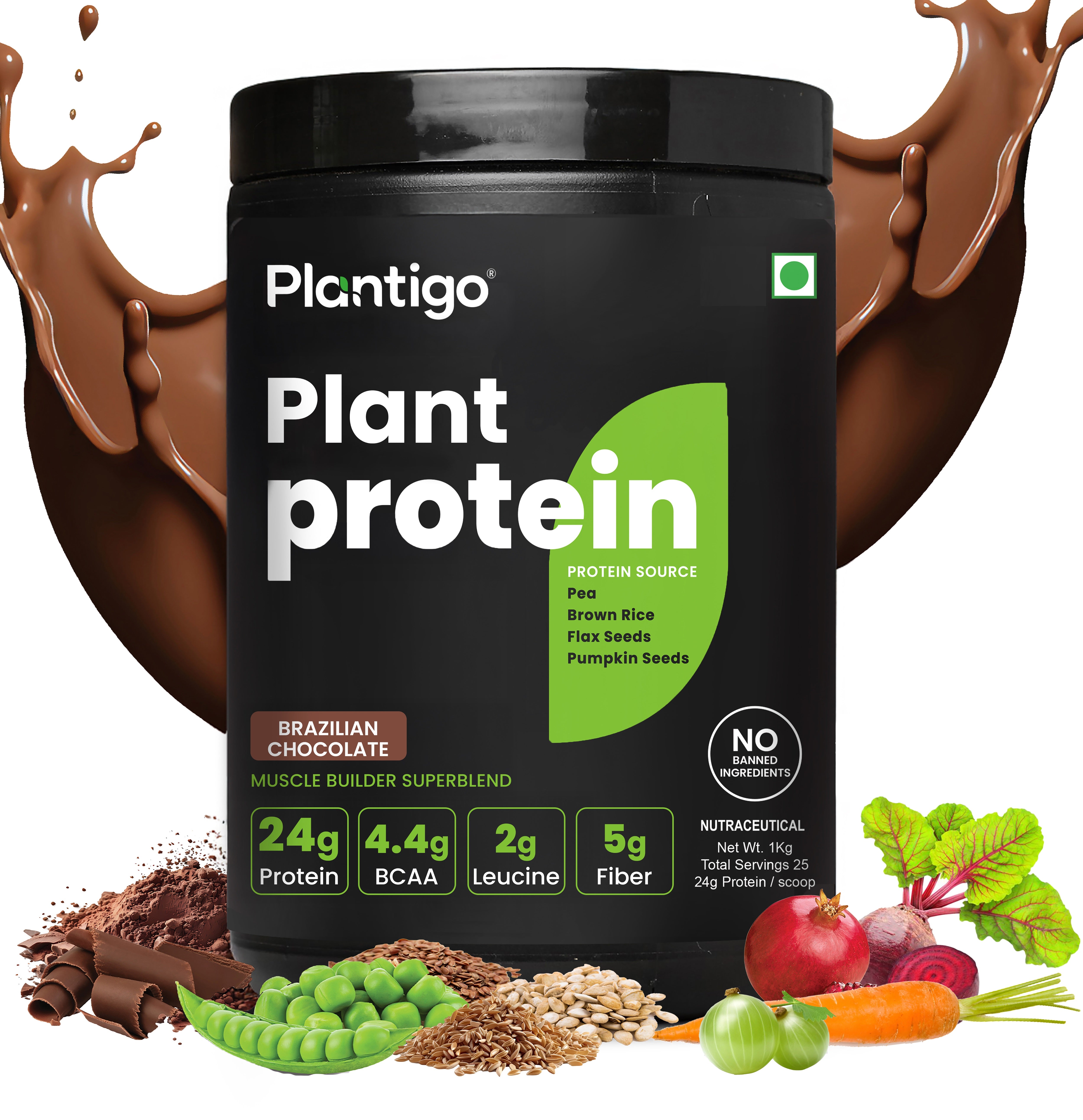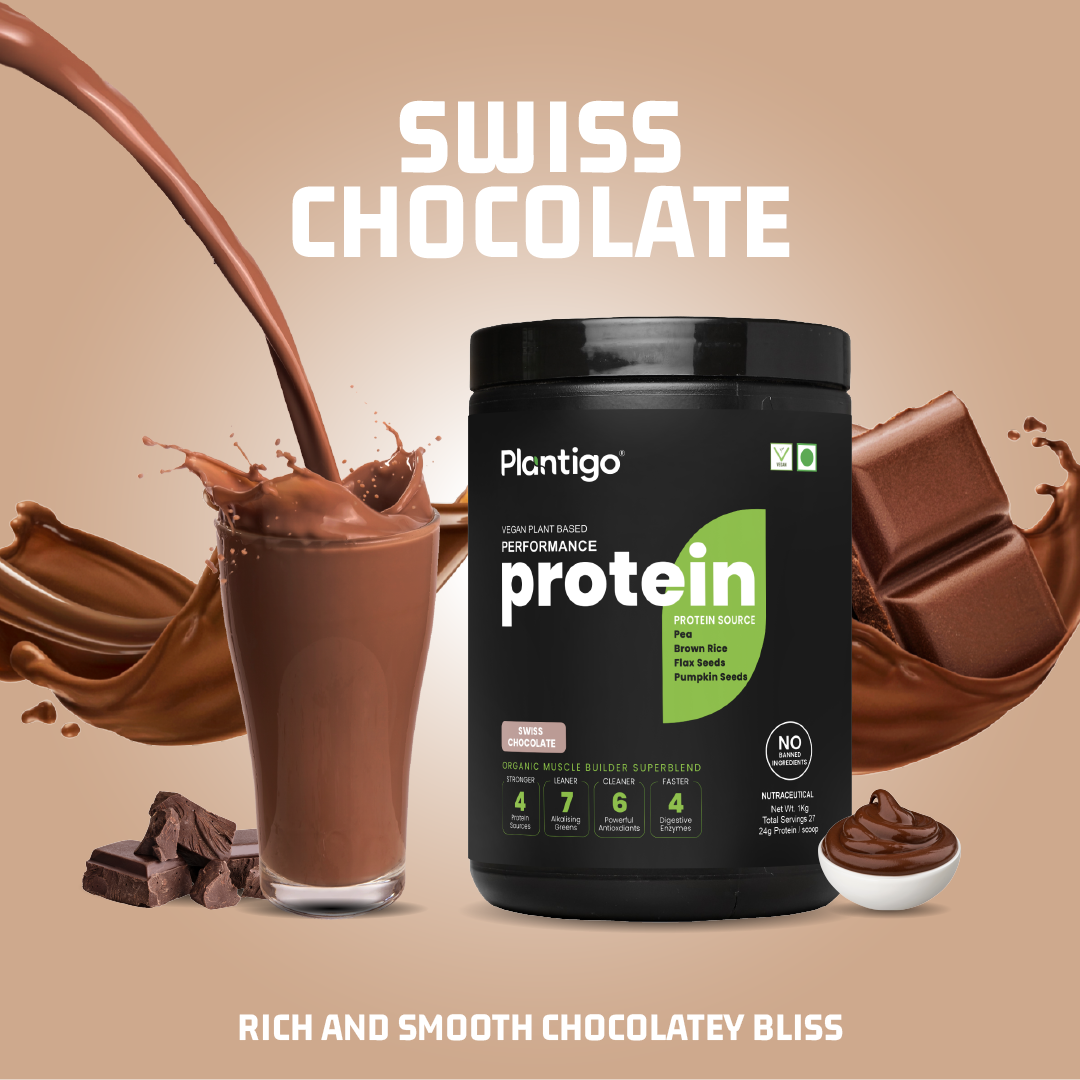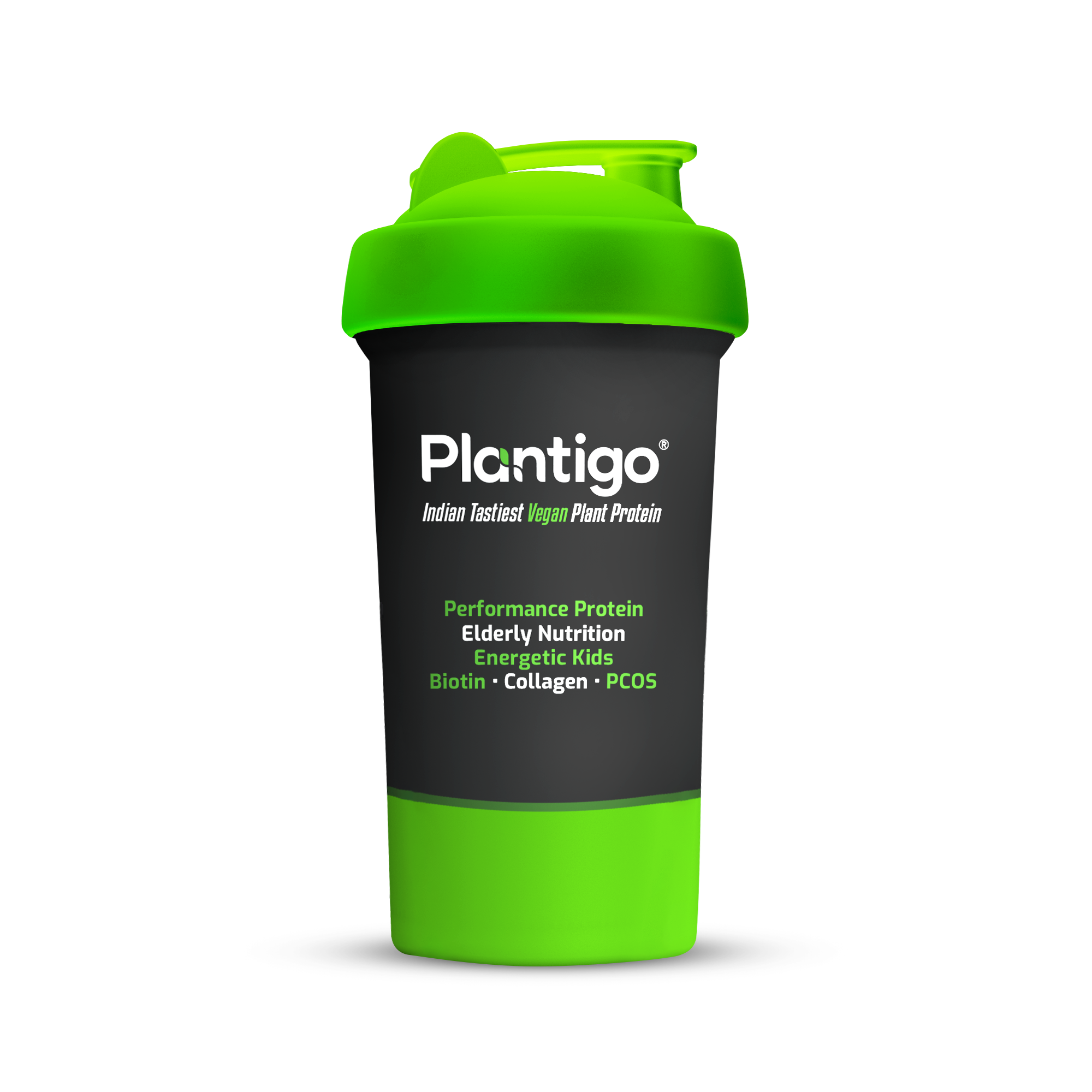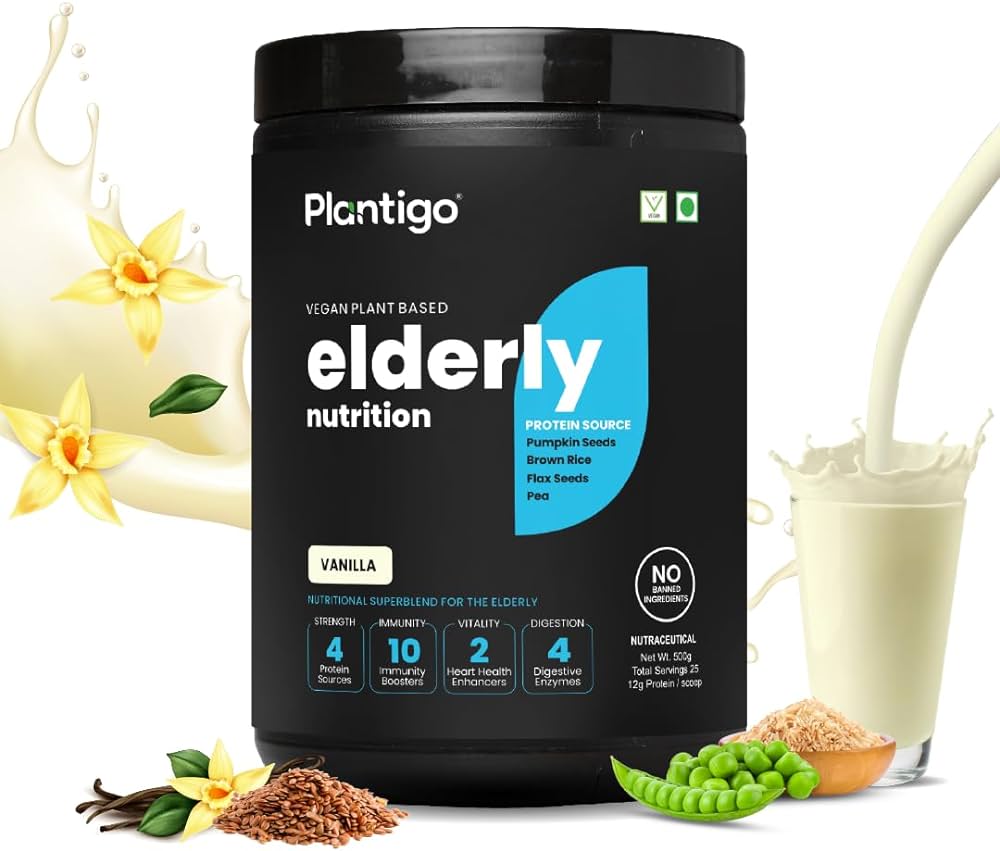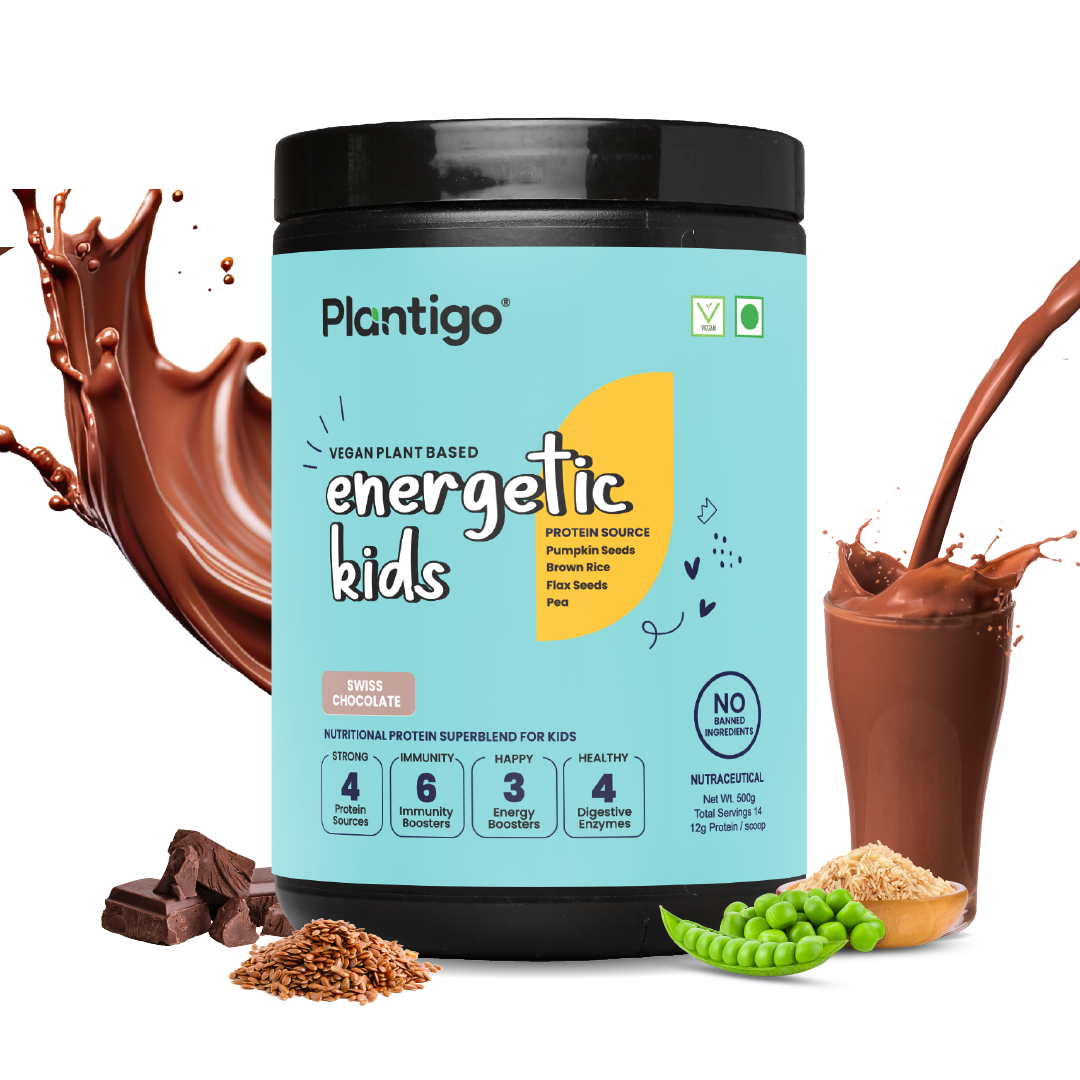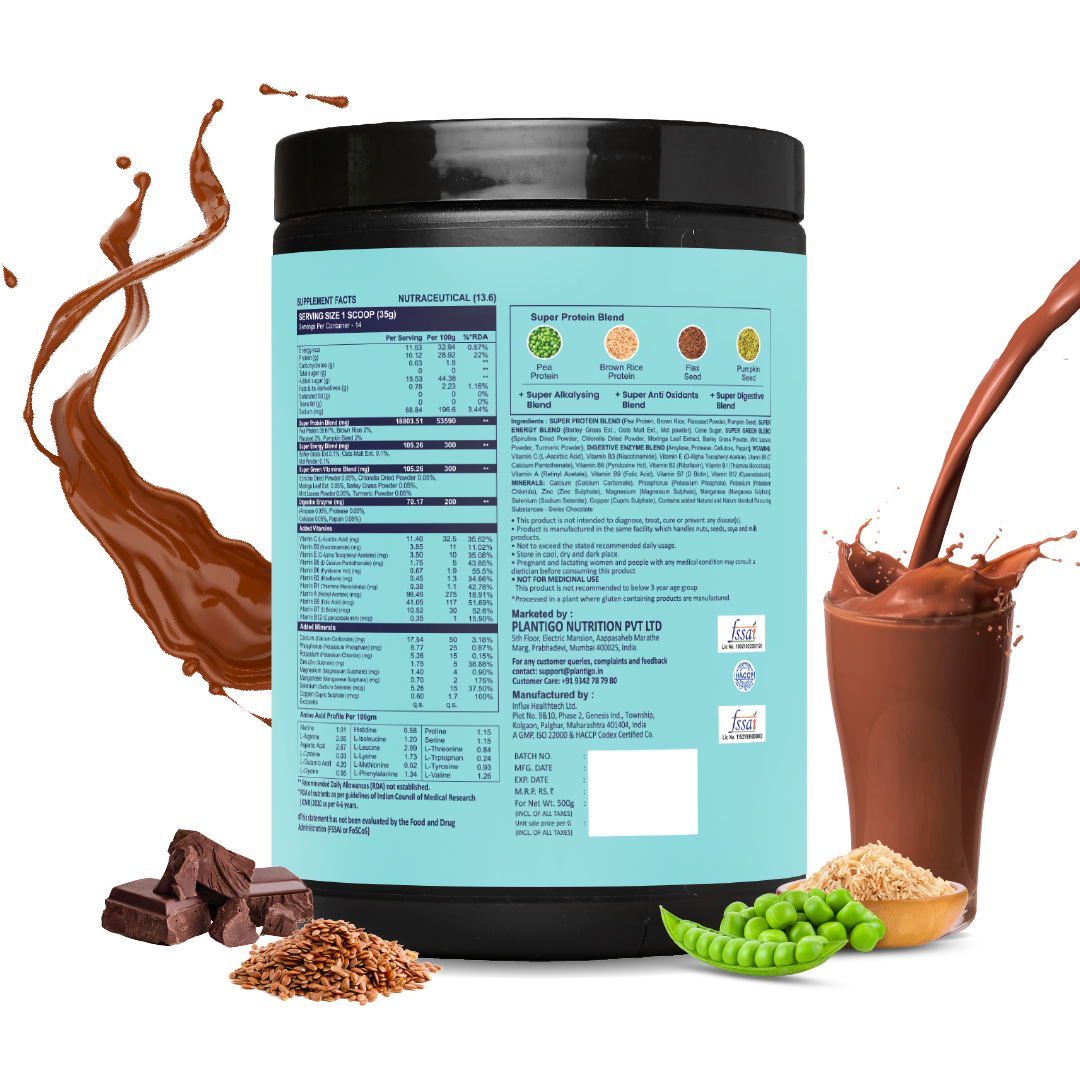Feeling sore after workouts or sluggish due to gut issues? One powerful nutrient could change that—glutamine. This underrated amino acid supports both muscle recovery and gut health, and you don’t need supplements to get it.
With the right choices, your plant protein naturally delivers all the glutamine your body needs to repair, rebuild, and thrive.
In this guide, we’ll explore the top glutamine rich foods that are vegetarian, easy to include in daily meals, and perfect for anyone looking to boost recovery, digestion, and immunity—naturally.
What Is Glutamine and Why Is It Important?
Glutamine is a conditionally essential amino acid. That means under normal circumstances, your body can produce it. But in periods of intense physical stress—like after heavy workouts, illness, or injury—your body’s demand outpaces supply. In fact, scientific reviews have shown that during such times, glutamine production may not meet the needs of critical tissues like muscle and the gut, making dietary sources increasingly important.
Glutamine serves several vital functions:
-
Supports muscle recovery and prevents breakdown
-
Strengthens gut lining and improves digestion
-
Boosts immune function
-
Speeds up wound healing

Instead of turning to supplements immediately, many people can benefit by simply increasing their intake of glutamine rich foods—a natural and delicious way to support body repair and performance.
Top 12 Glutamine Rich Foods
1. Paneer (Cottage Cheese)
A staple in Indian households, paneer is not just a rich protein source—it’s also loaded with glutamine. If you're tracking your macros, note that 100 gram paneer protein content averages around 18 grams, including a healthy dose of glutamine to assist with post-exercise muscle repair.
Paneer is also gut-friendly, thanks to its easy-to-digest casein and calcium content, making it ideal for both strength training and digestive wellness.
How to use: Add to curries, grill as tikka, or cube into salads.
2. Lentils and Chickpeas
These protein-packed legumes offer an impressive amino acid profile, including glutamine. Whether you prefer moong, masoor, chana, or rajma, you’re also getting rich dietary fiber and complex carbs—perfect for sustained energy.
Lentils and chickpeas are also among the most essential iron rich foods vegetarian eaters can rely on, helping combat fatigue and support red blood cell production. In fact, when paired with grains like rice, they form a complete amino acid set—making them one of the best plant based protein naturally available in everyday diets.
Pro tip: Combine with rice for a complete protein and glutamine rich foods-boosting meal.
3. Cabbage
Cabbage, particularly when raw or lightly cooked, is surprisingly high in glutamine. It’s also soothing for the gut, which is why it’s often recommended for those with ulcers or IBS.
In addition to being a glutamine rich food, cabbage ranks among the top antioxidant rich foods, thanks to compounds like sulforaphane and vitamin C.
Best way to eat: In stir-fries, raw salads, or fermented as sauerkraut.
4. Tofu
Made from soybeans, tofu is a complete protein source and contains glutamine in meaningful amounts. It’s also one of the go-to foods when discussing the best plant based protein sources due to its high biological value.
Tofu is versatile, affordable, and can be flavored to suit almost any cuisine.
Meal idea: Try a tofu scramble or toss grilled tofu into a quinoa bowl of glutamine rich foods.
5. Spinach
Dark leafy greens like spinach are not only high in iron and fiber—they also contain glutamine. Spinach supports healthy muscles, bone strength, and aids detoxification.
If you’re aiming for collagen rich foods, know that glutamine plays a role in collagen production indirectly by supporting cellular regeneration and reducing inflammation.
Daily tip: Blend into smoothies or add to dals and pasta for more glutamine rich foods.
6. Chia Seeds
Tiny but mighty, chia seeds offer omega-3s, fiber, and plant protein. They also contribute to glutamine intake and support digestive function.
Many people also use chia seeds for skin benefits, given their hydration-retaining properties and ability to reduce inflammation.
Simple use: Soak overnight and enjoy as a breakfast pudding or stir into oatmeal alongside other glutamine rich foods.
7. Quinoa
Quinoa is one of the rare plant foods that contains all nine essential amino acids—glutamine included. It’s gluten-free, high in protein, and keeps you full longer.
Add to that its rich magnesium, manganese, and fiber content, and quinoa becomes a nutritional no-brainer.
Best served: As a base for Buddha bowls, salads, or even as a breakfast porridge of glutamine rich foods.
8. Pumpkin Seeds
Pumpkin seeds are a fantastic vegetarian source of glutamine, zinc, magnesium, and omega-3s. They also fall under the category of selenium rich foods, promoting thyroid health, metabolism, and immunity.
These seeds are easy to incorporate as snacks or toppings on salads and yogurt.
Power snack: Dry-roast with sea salt for a crunchy, nutrient-dense treat—and more glutamine rich foods benefits.
9. Moringa Leaves
Less commonly known but highly nutritious, moringa is a supergreen that provides amino acids like glutamine, along with calcium, vitamin A, and antioxidants.
If you’re looking to enhance your plant protein intake and gut health simultaneously, moringa is a smart addition to your glutamine rich foods list.
How to use: Add to smoothies or brew as a tea.
10. Amaranth (Rajgira)
Amaranth is an ancient grain loaded with protein, glutamine, and micronutrients like iron and calcium. It supports both muscle synthesis and digestive wellness.
This grain is often recommended as part of a balanced vegetarian diet for recovery and strength-building.
Try this: Use puffed amaranth in energy bars or cook it like porridge as part of your glutamine rich foods plan.
11. Spirulina
Spirulina, a blue-green algae, is one of the richest plant-based sources of glutamine and overall protein content by weight.
It also detoxifies the body, promotes endurance, and offers B vitamins to support metabolism. Spirulina complements the needs of both athletes and wellness seekers.
Easy use: Add a teaspoon to your smoothie for a powerful post-workout punch of glutamine rich foods.
12. Plant-Based Protein Powder
Finally, if you're working out consistently or recovering from injury, you may benefit from including plant based protein powder in your routine. Many clean formulations include glutamine-rich ingredients like pea, rice, and hemp proteins.
Such powders are ideal for those who want a quick amino acid boost without the hassle of meal prep.
Pro tip: Blend with nut butter, banana, and cinnamon for a post-workout shake—another way to enjoy glutamine rich foods.
Bonus Tip: How Much Glutamine Do You Need?
While there's no official RDA for glutamine, athletes and active individuals may benefit from 5–10 grams per day from diet and natural sources. Using a protein intake calculator can help determine your total daily needs and whether you’re hitting the mark.
When planning your meals, think about your protein, fiber, and amino acid distribution across the day to maximize benefits with glutamine rich foods.
Gut Health, Collagen, and Glutamine: A Triple Win
Your gut lining is composed of cells that require glutamine for maintenance and repair. Inflammation, poor diet, or antibiotics can disrupt this lining, but a diet rich in glutamine rich foods helps rebuild it.
Additionally, since glutamine supports collagen synthesis, incorporating collagen rich foods like leafy greens, citrus, and nuts—alongside glutamine-rich options—can improve both skin and joint health.
Prepping Your Pre-Workout Meal
If you're planning a pre workout meal, include some of these glutamine rich foods for improved performance and reduced muscle breakdown. A tofu quinoa bowl with spinach and pumpkin seeds or a smoothie with chia, spirulina, and protein powder can be perfect.
Pre-workout meals that balance protein, carbs, and healthy fats ensure your muscles have the fuel they need while supporting your gut in the process.
Final Thoughts
Glutamine is one of the most overlooked yet powerful nutrients for recovery, gut health, and immune function. Thankfully, you don’t need to rely on synthetic supplements to get its benefits. By simply adding the right glutamine rich foods to your everyday meals—like paneer, lentils, spinach, tofu, chia seeds, and more—you can support your body’s natural repair processes, boost energy, and feel stronger from the inside out.
Whether you're just starting your wellness journey or pushing your limits in the gym, recovery begins with what you eat.
So take a moment today to look at your plate. Are you giving your body the amino acids it needs to heal, rebuild, and thrive?
If you're looking for a clean, convenient way to top up your intake—especially on busy days—Plantigo plant protein naturally delivers functional plant-based nutrition designed to support recovery without compromise.
Fuel your body the right way. Recover smarter. Start with nature.
FAQ: Glutamine Rich Foods
1. What are glutamine rich foods vegetarians can eat?
Vegetarians can get glutamine from foods like paneer, tofu, lentils, chickpeas, spinach, cabbage, quinoa, and pumpkin seeds. These support muscle recovery, gut health, and immunity—naturally and effectively.
2. Why is glutamine considered conditionally essential?
Glutamine is normally made by the body, but during stress, illness, or intense workouts, your needs may exceed natural production—making it essential to get more from food.
3. Can legumes like lentils provide enough glutamine?
Yes. Lentils and chickpeas offer good levels of glutamine and, when paired with grains like rice, form a complete protein—making them excellent plant-based recovery foods.
4. Are there any side effects of consuming glutamine-rich foods?
No. Whole food sources of glutamine are safe and beneficial. Side effects are linked to high-dose supplements—not foods like legumes, seeds, or greens.
5. How much glutamine do most people consume daily through diet?
Most people get 3–6 grams of glutamine daily from food. For added support, eating a variety of glutamine-rich vegetarian foods can help meet increased demands.

